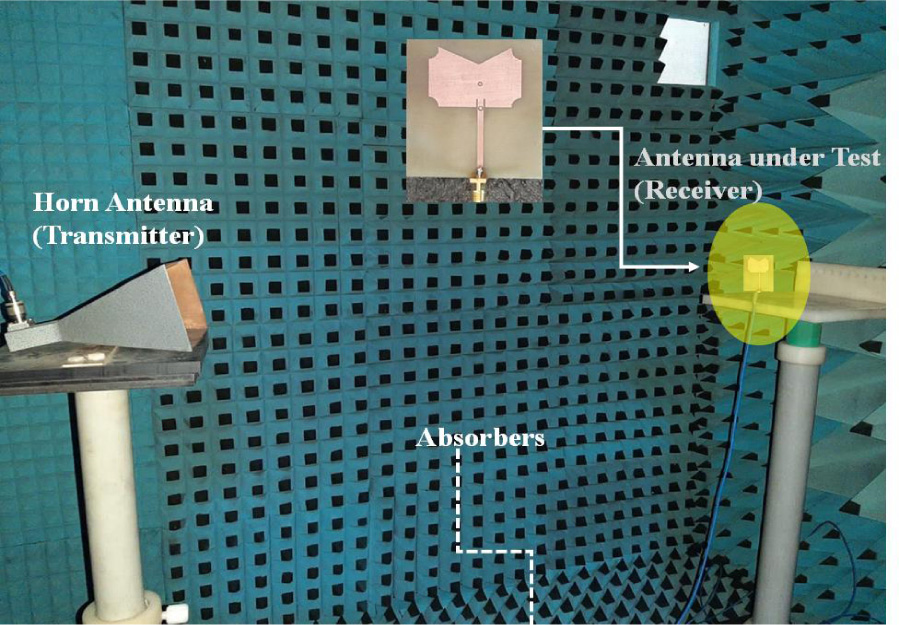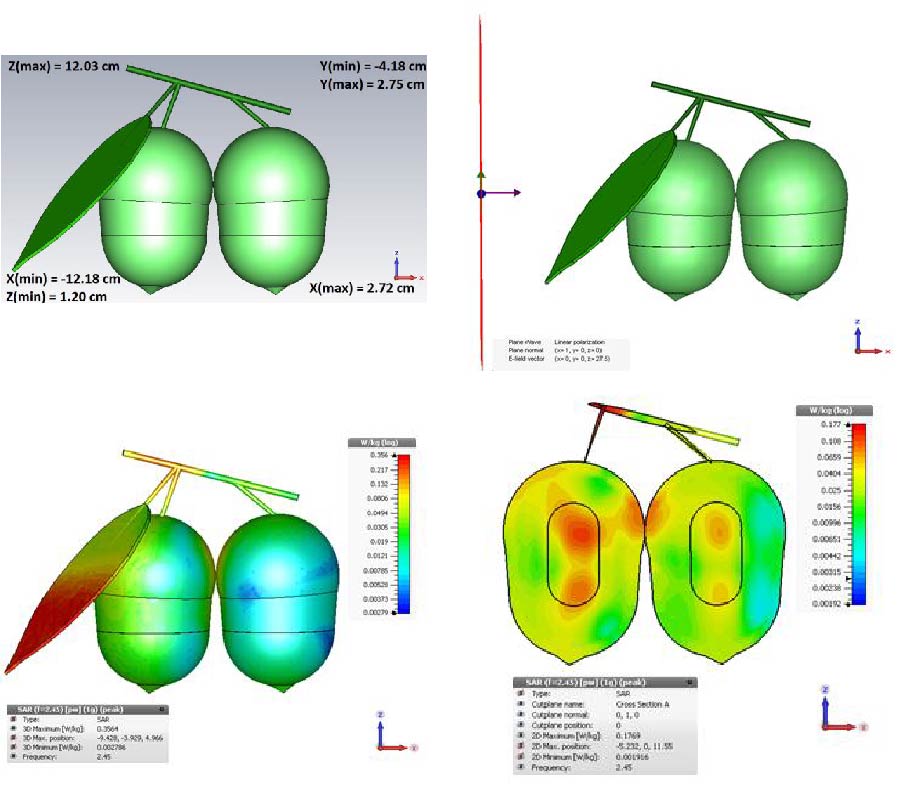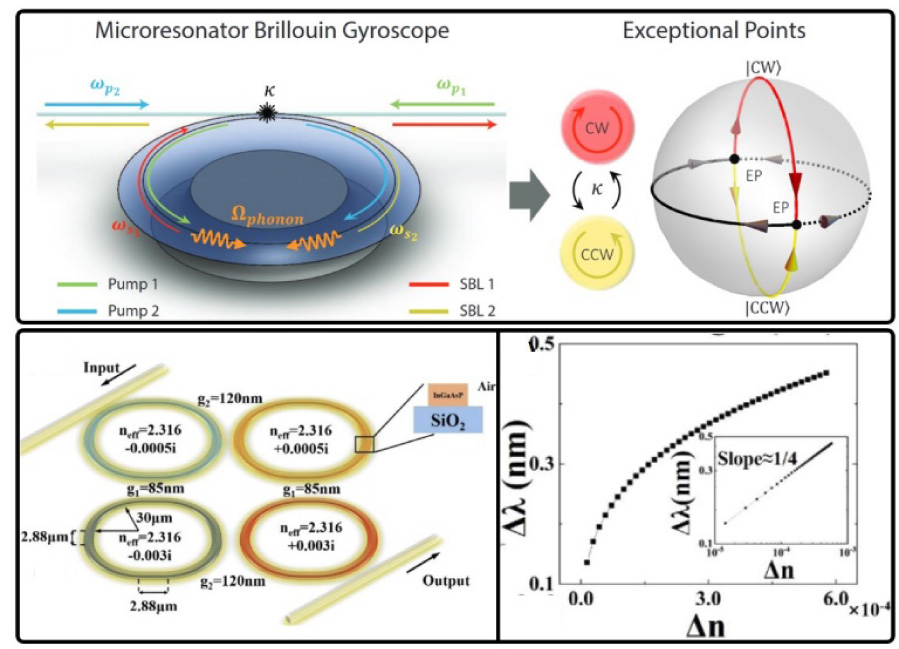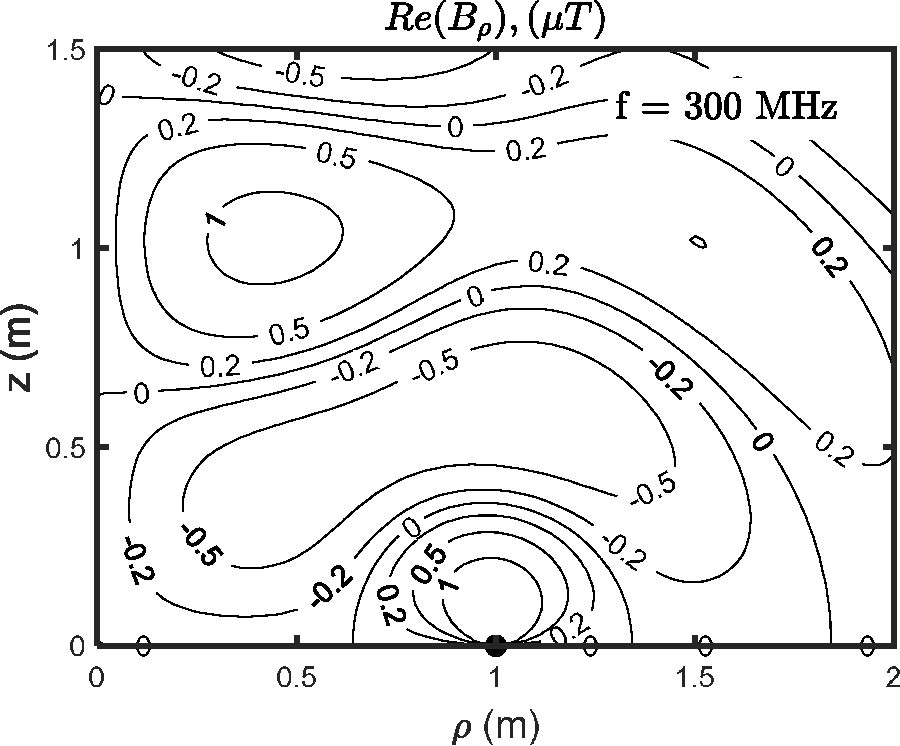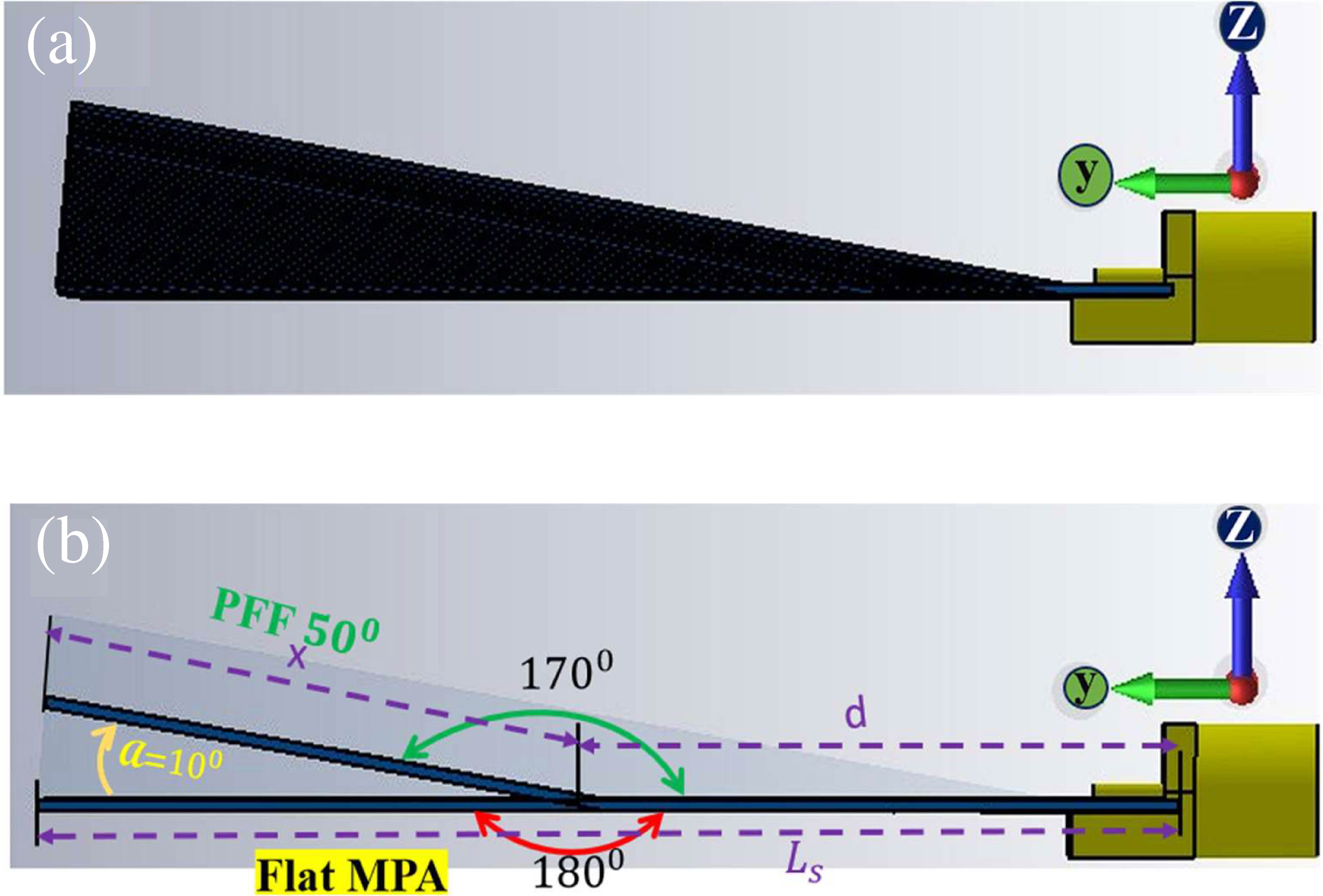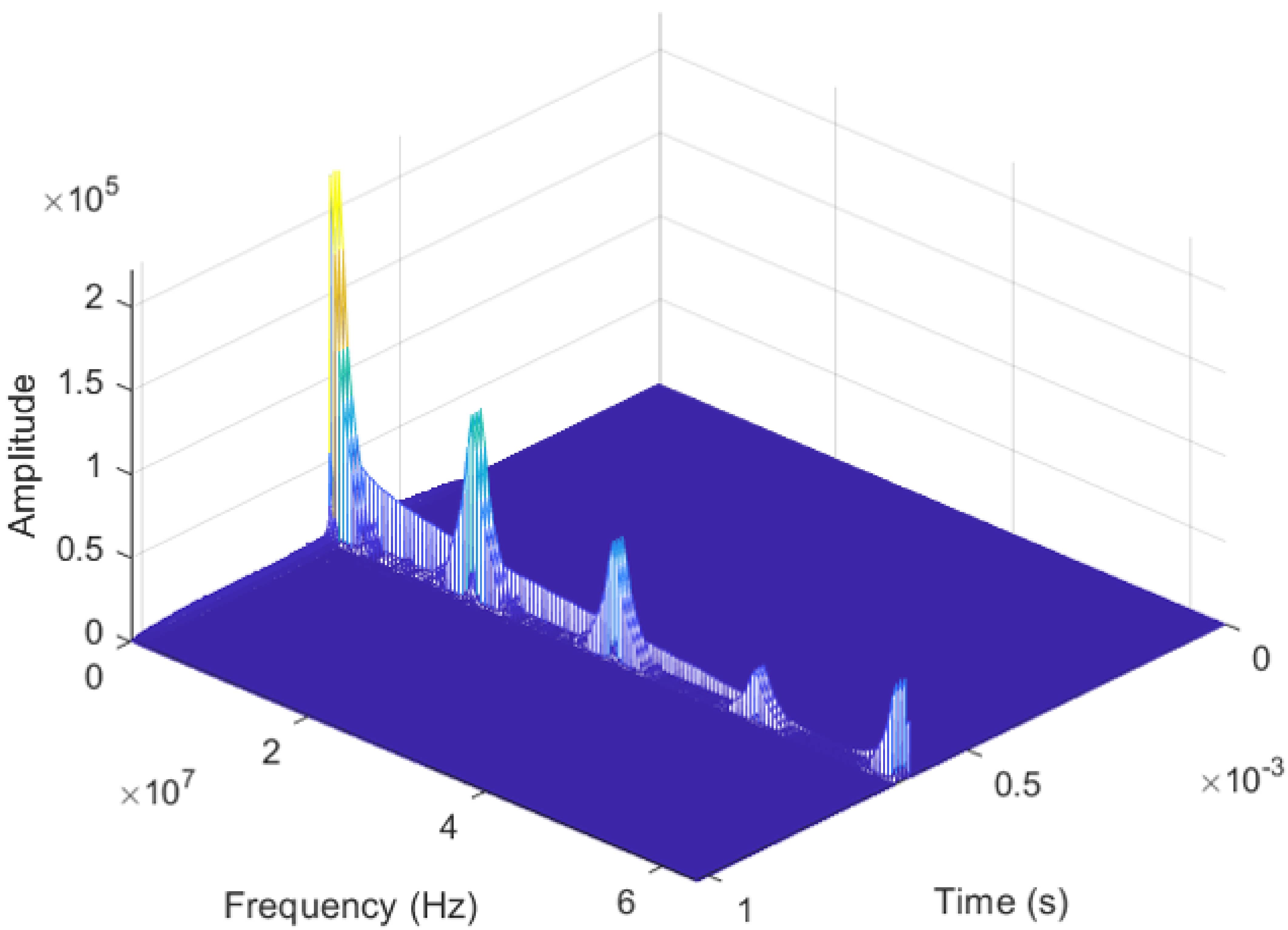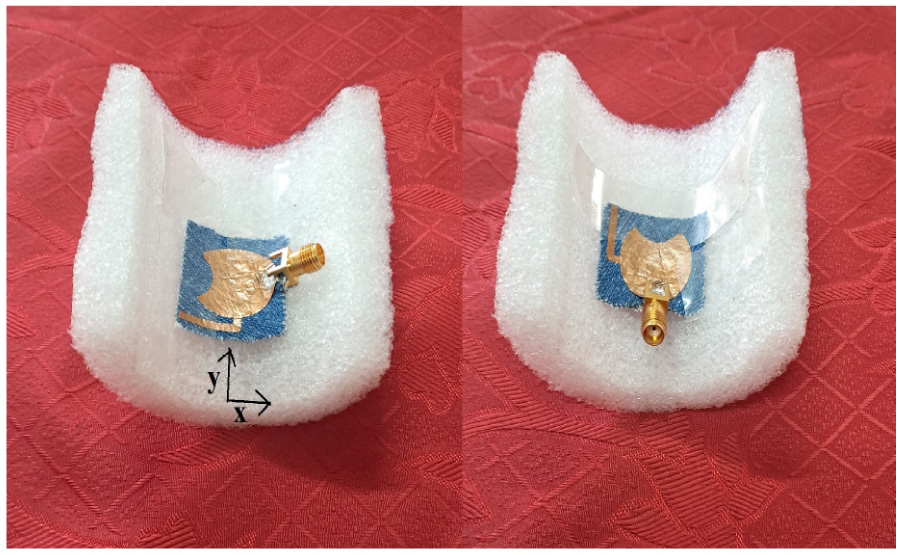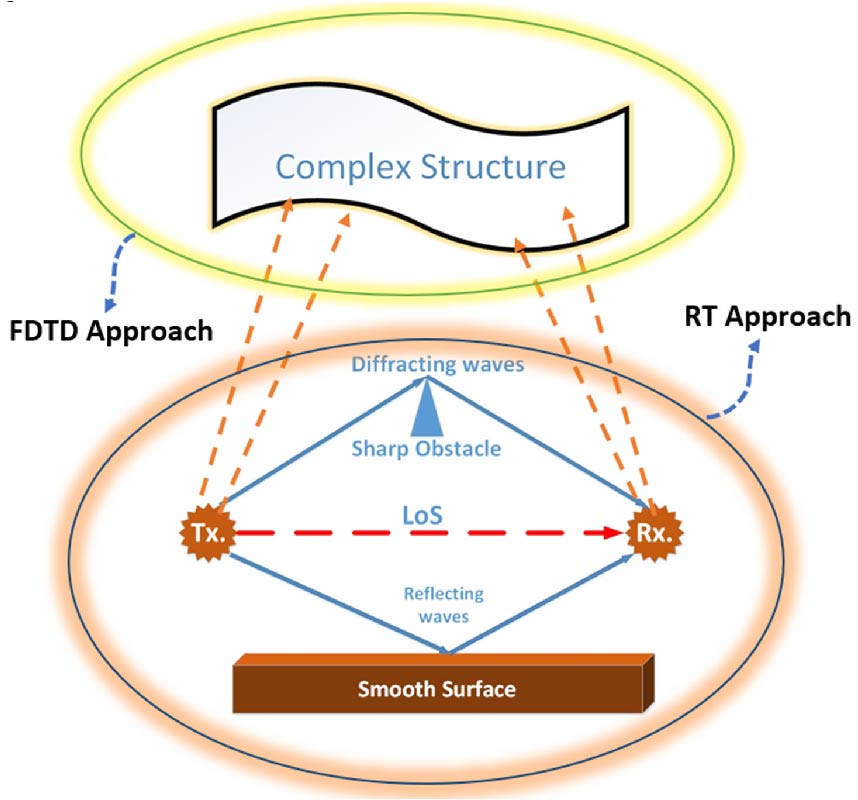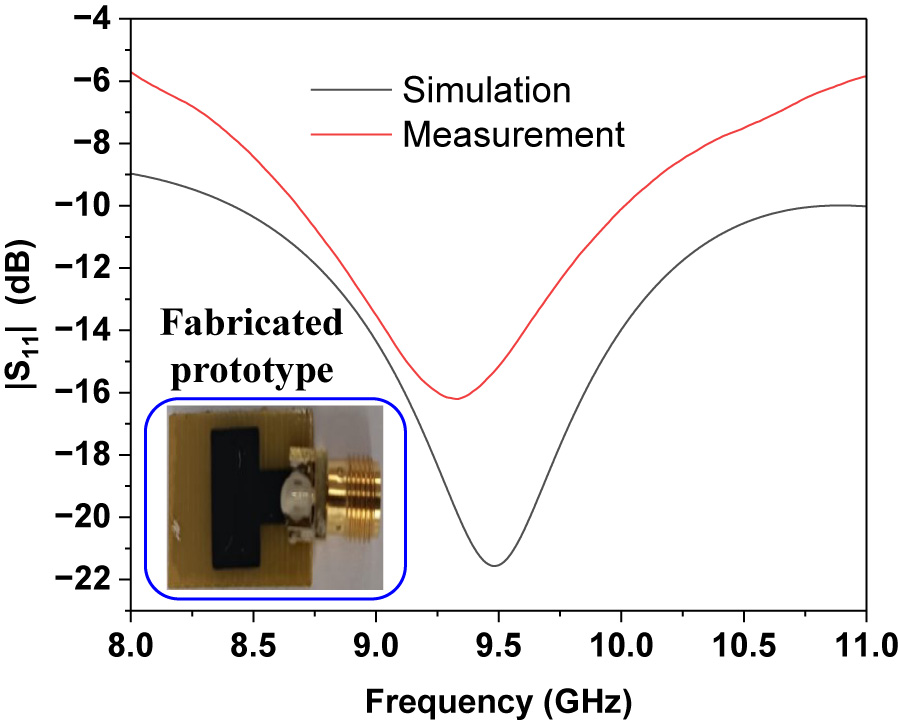Role of Power Density, Frequency, Direction of Arrival and Polarization of Incident Field on Specific Absorption Rate Distribution Inside a Multilayer Fruits Model
Ardhendu Kundu,
Bhaskar Gupta and
Amirul Islam Mallick
Electromagnetic energy is being utilized over multiple frequency bands to sustain high speed wireless communication systems around the globe. As a consequence, living bodies such as humans, animals, plants, and fruits continuously get exposed to electromagnetic radiation. To safeguard human health, a number of diversified international and national electromagnetic regulatory standards have been prescribed across geographical boundaries for limiting electromagnetic radiation - specific absorption rate and reference power density limits have been prescribed by the international organizations to protect humans from immediate thermal effects. However, reference power density limits differ by ten to hundred times across geographical boundaries depending upon the electromagnetic standards in effect. Moreover, prescribed reference power density limit also varies with frequency of irradiation. On the other hand, plants and fruits possess reasonably high permittivity and electrical conductivity that contribute to considerable electromagnetic energy absorption rates inside typical plant and fruit models. In addition, plants and fruits are primarily asymmetric in nature, and therefore direction of arrival and polarization of incident electromagnetic field are two additional factors that significantly influence the amplitude and spatial distribution of specific absorption rate. Therefore, prescribing only the maximum permissible power density limit in far field seems inadequate. To address these issues, specific absorption rates inside a typical multilayer mango fruits model have been estimated at five different frequencies in accordance with four different international and national electromagnetic regulatory standards (with contrasting reference power density limits) - the magnitudes and spatial distributions of specific absorption rates have been quantified and reported at different frequencies as well as for distinct averaging techniques. Moreover, the impact of direction of arrival and polarization of incident electromagnetic field on the magnitude and spatial distribution of specific absorption rate has also been investigated. A total of one hundred and twenty rigorous simulations has been performed, and as a consequence, four hundred and eighty specific absorption rate data points have been analyzed. Wide disagreement in specific absorption rate data is observed due to variations in four factors mentioned above, i.e. reference power density, frequency, direction of arrival, and polarization of incident electromagnetic field. Moreover keeping all the other factors unaltered, specific absorption rate cannot be directly correlated with the reference power density limit primarily due to non-identical and asymmetric structures of bunch of fruits and plants in most practical scenarios. Thus, observations indicate the necessity of adopting globally harmonized electromagnetic regulatory standards and direct adoption of specific absorption rate limit for plants and fruits instead of only the reference power density limits in far field exposure scenario.
